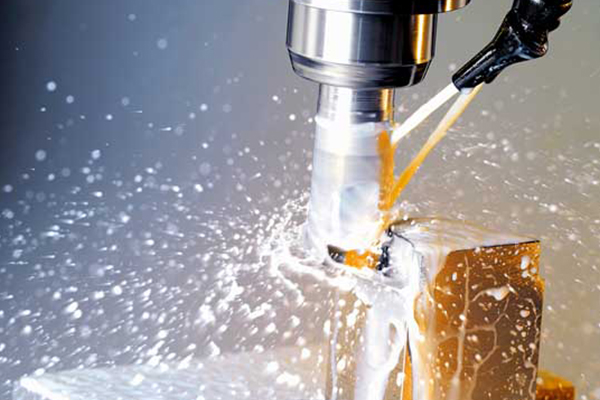2024-12-07 11:04:46
Abstract: Cutting Oil plays a vital role in the metal processing process. The right Cutting Oil can not only improve processing efficiency, but also extend tool life and reduce production costs. This article will introduce how to choose the right Cutting Oil according to processing requirements, and provide a reference for my country's metal processing industry.

1. The role of cutting oil
Cooling effect: Cutting oil can quickly take away the heat generated in the cutting area, reduce the temperature of the workpiece and tool, and prevent workpiece deformation and tool wear.
Lubricating effect: Cutting oil forms an oil film between the workpiece and the tool, reducing the friction coefficient, reducing cutting resistance, and improving processing accuracy.
Rust-proof effect: Cutting oil can form a protective film on the metal surface to prevent workpieces and equipment from rusting.
Cleaning effect: Cutting oil can take away chips and dirt generated during the cutting process and keep the cutting area clean.
2. Types and characteristics of cutting oil
Oil-based cutting oil: Based on mineral oil, a certain proportion of additives are added. It has good lubrication properties and is suitable for low-speed and heavy-load cutting processing.
Water-based Cutting Fluid: Based on water, with emulsifiers, rust inhibitors and other additives. It has good cooling performance and is suitable for high-speed and light-load cutting.
Semi-synthetic cutting fluid: The oil-water ratio is 1:9 or 3:7, which has the characteristics of both oily and water-based cutting fluids. It is suitable for medium-speed and medium-load cutting.
Emulsified cutting fluid: The oil-water ratio is above 1:20, which is suitable for high-speed and light-load cutting.
3. How to choose the right cutting oil
According to the processing technology: Different processing technologies have different requirements for cutting oil. For example, turning, milling and other processing methods have higher requirements for the lubrication performance of cutting oil, and oily cutting oil can be selected; drilling, grinding and other processing methods have higher requirements for the cooling performance of cutting fluid, and water-based cutting fluid can be selected.
According to the workpiece material: Workpieces of different materials have different adaptability to cutting oil. For example, when processing difficult-to-process materials such as cast iron and stainless steel, cutting oil with better lubrication performance should be selected; when processing easy-to-process materials such as aluminum alloy and copper, cutting fluid with better cooling performance can be selected.
According to equipment requirements: Some equipment has special requirements for the type of cutting fluid, such as high-end equipment such as CNC machine tools and machining centers, and cutting fluids compatible with the equipment should be selected.
Consider environmental protection requirements: With the increasingly stringent environmental regulations, when selecting cutting oil, its environmental performance should be considered, such as biodegradability and harmlessness to the human body.
Economic efficiency: Under the premise of meeting the processing requirements, choose cost-effective cutting oil to reduce production costs.
IV. Summary
Choosing the right cutting oil is the key to improving metal processing efficiency and ensuring processing quality. Enterprises should make reasonable choices based on their own processing technology, workpiece materials, equipment requirements and environmental protection requirements, comprehensively consider factors such as the performance and price of cutting oil. At the same time, strengthen the maintenance and management of cutting fluids to ensure that the cutting fluids play the best effect during the processing process.